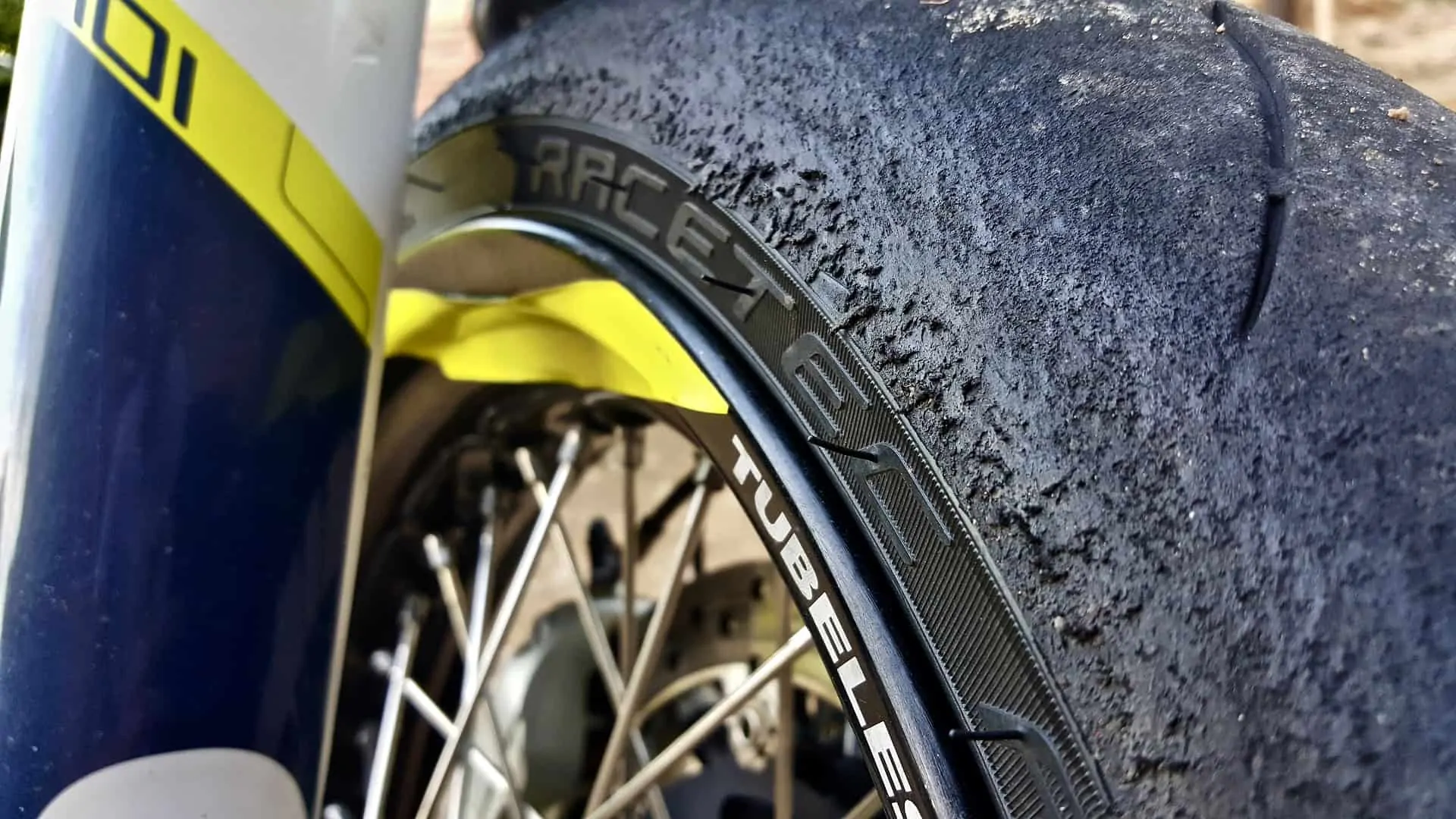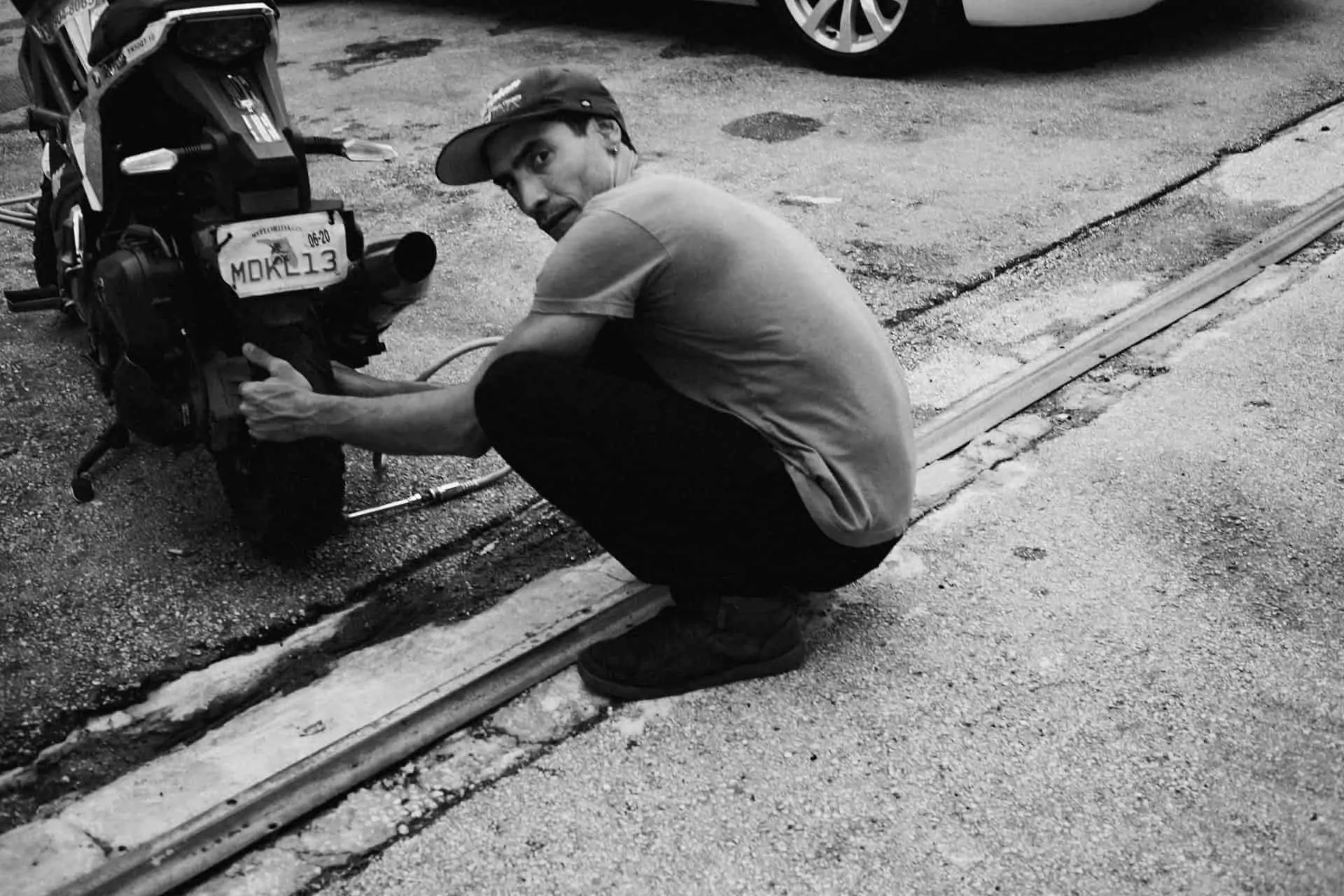Motorcycle tires are susceptible to wear and tear as they are constantly making contact with the road. They’ll reach a point when it’s necessary to replace them so as to ensure your safety on the road.
Motorcycle tires generally last up to five years after their manufacturing date. The date can be found embossed on the tire itself and is referred to as the expiration date of the tires. The front tire can last for 3,700 miles. The back tire can last for 1,800 miles.
You may need to replace your motorcycle tires sooner depending on a number of factors like your driving habits, the weight of the motorcycle, and the type of terrain.
The proper maintenance routine can extend the life of your motorcycle tires.
Motorcycle Tire Expiration Date
Motorcycle tires have expiration dates. The date is usually five years after the time the tires were manufactured. Five years is enough to cause serious damage to the tire that can threaten your safety as a rider. It is also the time by which the structural integrity of the tire is far from the optimal standard.
How To Identify The Age Of The Tire
The age of the tire is located on the tire itself so there is no need for guesswork or to unearth the purchasing documents. The manufacture date is indicated on the sidewall of the motorcycle tires.

You will notice an embossed print that spells out “DOT” as well as a series of digits that follow it. The acronym stands for the Department Of Transportation while the series of digits represent the date.
Focus on the last four digits of the series of numbers. The first two digits represent the week while the last two represent the year. For example, if the number says 3218, then you can translate it as the “32nd week of 2018.”
To get the month, simply divide the week by four to represent four weeks. Thirty-two divided by four is eight, and the eighth month of the year is August. This also means that you should replace your tire by August 2023. You should still replace the tires by their fifth birthday even if they appear to be in perfect condition. There could be insidious problems that will threaten your driving safety.
Other Reasons To Replace Motorcycle Tires
The age of your motorcycle tires aren’t the only factor to consider for when you should replace them. There are obvious signs that you should replace them.
Puncture
Punctures will render your motorcycle tires useless. The hole acts as an exit wound that will prevent your tire from staying at the correct pressure level to be a functional wheel.
You may be able to patch a puncture with a puncture kit but take note that this is not a permanent solution. The kit is just to allow you to drive to the nearest motorcycle shop so that you can purchase a new replacement tire.
Tread Wear
Treading is very important for motorcycle wheels. It allows the wheels to maintain proper friction against the road in order to prevent slippage. It also allows you to ride over wet surfaces without slipping.
There is a legal tread wear limit that you should abide with. This is usually 2/32 inches or 0.8 millimeters deep. Once you have reached this mark, it is time to replace your motorcycle tires.
Obvious Damage

Do not ignore the obvious signs of damage to your motorcycle tires. This includes signs of aging like the presence of rot, tire carcass, slash marks, and more. Remember that a damaged tire is just an accident waiting to happen. Do not risk riding with one. Make it a habit to regularly check your tires for the aforementioned signs.
Do You Have To Replace Both?
This is not necessarily true. The rear tire usually gets worn out at a faster rate compared to the front tire. This can be due to the placement of the motorcycle engine. Another factor that can affect the uneven wear is the distribution of the weight of the motorcycle parts. The end with the heavier parts will make the motorcycle tires more prone to damage.
Tire Sets To Check
| CONTINENTAL MOTION Tire Set 120/70zr17 Front & 180/55zr17 Rear 180 55 17 120 70 17 – 2 Tire Set | Metzeler ME888 Marathon Ultra Front 130/90-16 Motorcycle Tire | Pirelli Diablo Rosso 3 Rear Motorcycle Tire 180/55ZR-17 (73W) |

|

|

|
| Check Price | Check Price | Check Price |
Tire Maintenance Tips
There are a couple of maintenance tips that you can incorporate into your driving behavior so as to make your tires reach the 5-year mark before you need to replace them. These tips will help you save a lot of money in the long run because you do not have to replace the tires frequently.
Inspect The Tires
Make it a point to constantly inspect the tires before setting out for rides. Even the tiniest of cracks or slits can quickly escalate into a dangerous situation. Watch out for cuts and remove any foreign object lodged into the crevices of the tires.

Proper Pressure
Make sure to maintain the correct pressure in the motorcycle tires. A tire that lacks pressure will be incompetent in riding across terrains. This can be due to the lack of firmness that will make your bike unable to bounce, balance, and more.
A tire that is too pressurized will be too tough to be perfectly maneuverable. It is also incapable of bouncing. Too much pressure will stretch the rubber and cause micro tears that will shorten the lifespan of your tires.
Driving Habits
The way you drive your motorcycle also directly impacts the tires. Avoid intense activities like hard cornering, constant and sudden acceleration, maximum braking, and more. These harsh activities, when done repetitively, will wear out your tires sooner rather than later.
Another thing to note is the importance of breaking in your new tires after replacement. The first one hundred miles of your tires should be driven with care to prevent any damage and to get the tires gently acclimated to your driving habits.
